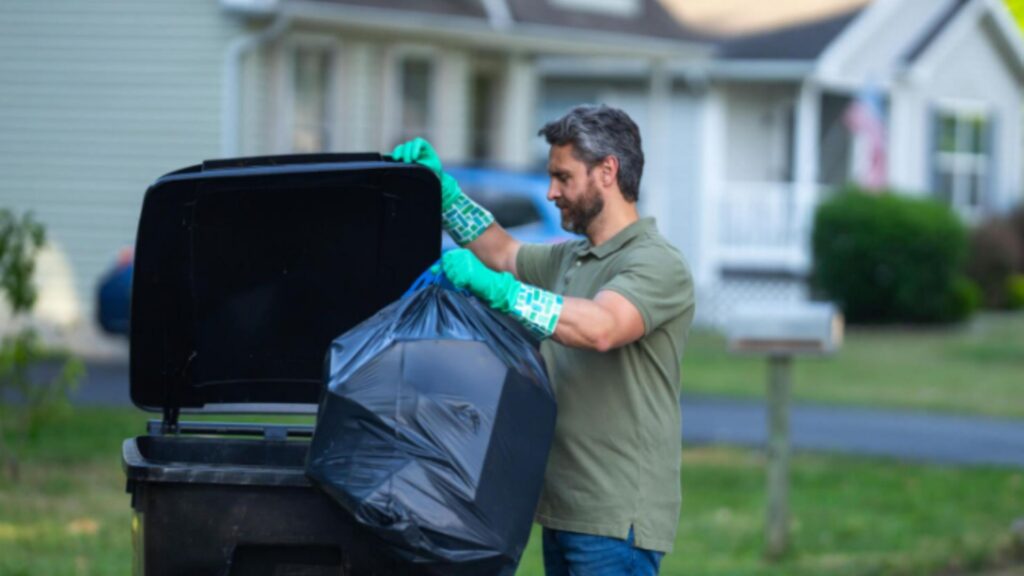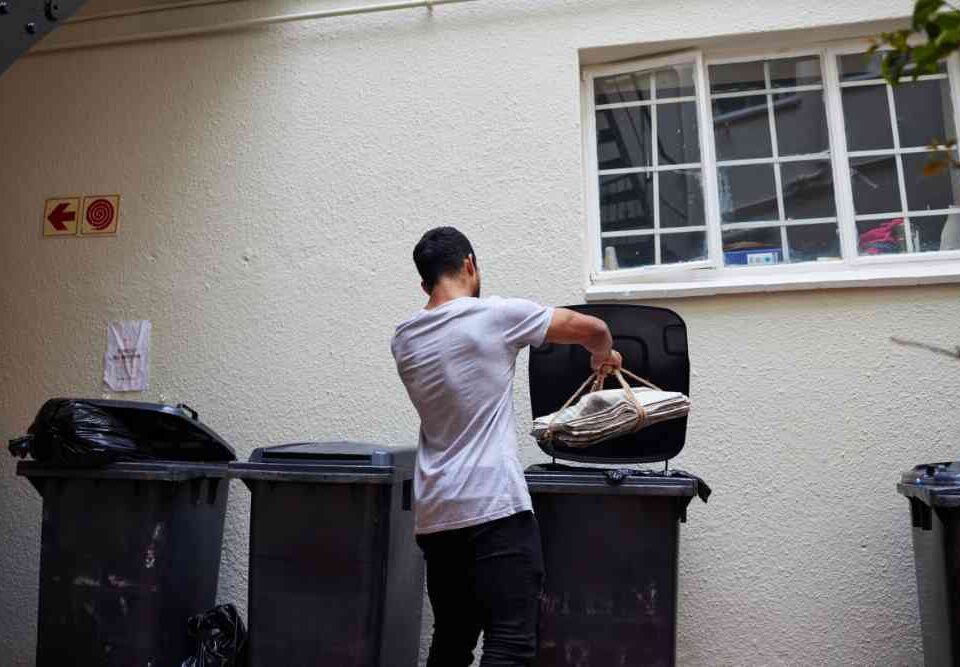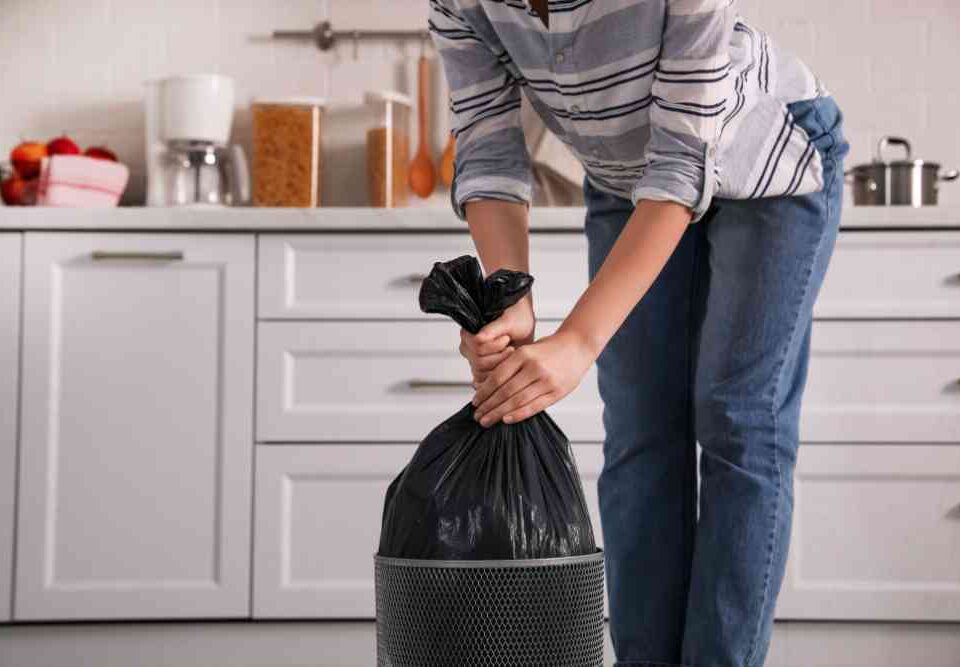
Eco-Friendly Junk Removal for Residential and Commercial Properties
September 22, 2025
How Recycling Helps Reduce the Cost of Junk Removal Services
September 22, 2025The Growing Importance of Eco-Friendly Junk Removal Services
In today’s fast-paced world, where consumer habits generate mountains of waste at an unprecedented rate, eco-friendly junk removal is steadily rising to prominence. It represents far more than the simple act of clearing out garages, attics, or offices. Instead, it has evolved into a forward-thinking movement, one that redefines how we discard, recycle, and even repurpose what we once considered useless clutter. Modern junk removal services are no longer satisfied with merely transporting debris to the nearest landfill. They now place sustainability at the core of their mission, ensuring materials find second lives through recycling streams, donation channels, or creative upcycling efforts. As public awareness of climate change and ecological responsibility expands, green junk removal is transforming from a niche preference into an essential part of community infrastructure—providing not only cleaner living spaces but also a meaningful path toward environmental balance and responsibility.
Turning Waste Into Worth
When junk removal companies embrace eco-friendly practices, they shift from pure disposal to purposeful repurposing. Instead of sending everything to a landfill, they sort materials—wood, metal, plastic, electronics—and divert to recycling, donation centers, or upcycling workshops. This intermediate step transforms what was once waste into a secondary resource. Clients discover that their unwanted items can provide value again, whether as parts, raw materials, or secondhand goods. Over time, the mindset flips: junk isn’t simply trash, but an opportunity for reuse and regeneration.
Moreover, turning waste into worth carries community benefits. Local nonprofits sometimes receive furniture or appliances in good condition. Recyclers get steady streams of sorted materials, reducing contamination and processing costs. The service providers themselves may partner with green firms or circular-economy initiatives, thus expanding networks and reputations. Ultimately, a junk removal business that extracts worth from waste signals to customers and the public that it cares beyond convenience—that it intends to leave a cleaner, more resilient planet behind.
Why Green Is the New Standard
Where once “junk removal” meant hauling everything indiscriminately, now “green” has become the new standard. Customers increasingly demand that their trash pickup be ethically handled—with minimal environmental harm. A junk removal company that fails to offer sustainable options risks appearing outdated or irresponsible. Adopting eco-friendly protocols helps businesses stay competitive and relevant. Prospective clients now ask: will you recycle? Will you donate? Will you minimize landfill use? These are no longer fringe questions they’re table stakes.
As regulations tighten on waste disposal and environmental protection, junk removal firms also must adapt to avoid penalties or restrictions. Municipalities may impose stricter landfill fees or ban certain materials, pushing service providers to raise their standards. By positioning themselves ahead of regulations—by offering green disposal, certified recycling, and responsible electronics handling—companies anticipate changes rather than scramble to comply. In doing so, they strengthen brand legitimacy while contributing to a more sustainable waste ecosystem.
The Environmental Ripples of Responsible Disposal
Any given load of junk removed with no thought can send a ripple of damage outward: soil leaching, methane emissions, toxic chemical breakdown. But when a service opts for responsible disposal—segregating hazardous materials, composting organics, recycling metals and plastics—those ripples become positive. Heavy metals and electronics diverted from landfills reduce soil and water contamination. Bulky materials recycled diminish the demand for virgin extraction. Each item diverted is one less burden on ecosystems.
Furthermore, large-scale adoption of these practices across many households accumulates into systemic impact. If many junk removal businesses embrace green processes, regional landfill demand shrinks, lowering greenhouse gas emissions and extending lifespan of disposal sites. Biodiversity near dump zones improves. Regulatory pressure lightens as municipalities rely more on reuse and recycling frameworks. The environment gains not just from each job done, but from a shift in how society perceives and handles what we throw away.

Customer Benefits Beyond Clean Spaces
Clients often imagine only the immediate benefit—clearing clutter or opening up a room—but green junk removal offers deeper rewards. They gain peace of mind that their items won’t end up harming the planet, and sometimes see a lower cost when recyclable goods offset expenses. Many services document where each load goes—photos or receipts from recyclers, donation receipts, and landfill diversion stats—offering transparency. That kind of trust adds value beyond mere hauling.
Additionally, clients may qualify for tax deductions when usable items are donated. And in some localities, municipalities may reward households for sustainable disposal with lower waste collection fees. A green junk removal service that helps clients navigate these benefits becomes more than a contractor—it becomes a partner in stewardship. The added perception of responsibility and care can strengthen customer loyalty and referrals.
Challenges in Implementing Eco-Friendly Strategies
Transitioning to green junk removal isn’t without hurdles. Sorting waste on site takes more labor and time than indiscriminate loading, reducing hourly efficiency if not managed well. Vehicles must be equipped to carry separate bins or partitions to avoid cross-contamination. Partnerships with reliable recyclers, donation centers, and certified e-waste handlers must be negotiated and monitored. In some regions, recycling infrastructure is weak or inconsistent, making diversion harder.
Moreover, the costs of handling hazardous materials or electronics responsibly may be higher, and some customers balk at paying extra. Training staff in safe handling, compliance, and sorting best practices demands investment. Also, ensuring regulatory compliance and proper documentation adds administrative overhead. Some smaller operators may struggle to adopt these systems, risking greenwashing accusations if not executed with integrity. But overcoming these challenges is central to long-term, authentic eco-friendly service.
Technology and Innovation Driving Change
Innovative tech is pushing junk removal into a greener, smarter future. Apps can now allow clients to photograph items, estimate volume, and have algorithms suggest optimal recycling pathways. Route optimization software reduces fuel consumption by clustering pickups and avoiding needless travel. Onboard sensors and weight tracking systems help drivers monitor load composition, ensuring recyclables remain uncontaminated.
Emerging innovations like mobile sorting stations in trucks—automated separators for metals, plastics, organics—are beginning to appear in advanced fleets. Some firms explore blockchain or digital tagging to trace the path of materials from pickup to final destination. That tracking adds accountability for clients who demand proof. Innovation compresses the gap between convenience and sustainability, enabling eco-friendly services to scale without compromising speed or profitability.
Marketing Green to Win Trust
Simply offering “green junk removal” isn’t enough; companies must communicate how, where, and why they do it. Transparent branding—photos from recycling partners, dashboards showing landfill diversion rates, case studies demonstrating donation flows—gives credibility. Content marketing (blogs, videos) explaining recycling processes, local regulation changes, and behind-the-scenes operations can build trust and attract eco-aware clients.
Local SEO is particularly potent. Phrases like “Santa Rosa green junk removal” or “eco-friendly waste hauling near me” can capture leads seeking sustainable options. Clean, consistent messaging—on the website, trucks, invoices—reinforces the brand identity. Incentives (e.g. discounts for clients who pre-sort or donate) also help. Over time, the green brand becomes a differentiator in a crowded market, not an afterthought.
Economic Viability and Cost Balancing
Many skeptics argue that green junk removal is too expensive to sustain. But careful cost balancing can make it viable. Recycling revenues can offset disposal fees; donation networks may absorb usable goods; grants or local subsidies for waste diversion may support operations. Bulk partnerships with recyclers reduce per-unit processing costs. Efficient routing and load planning reduce transit inefficiency.
To maintain profitability, companies may tier services: basic haulaway, green haulaway, eco-premium (with full documentation and specialized handling). This allows customers to choose based on budget and values. Over time, as scale improves and green methods become normalized, unit costs shrink and margins stabilize. A business that starts green is better positioned as regulation increases disposal penalties and landfill costs rise.
Scaling Green Across Regions
A local eco-friendly junk removal model can be replicated elsewhere. Once processes, partners, training, and tech are refined in one region, expansion into neighboring counties is smoother. With each new area, the business can map local recycling facilities, donation centers, hazardous waste rules, and logistics patterns. Standardized training modules and operations manuals help maintain consistency.
Scaling also enables economies of scale: bulk purchasing of bins, consolidated recycling contracts, cross-region routing, and shared marketing. Larger footprint strengthens negotiating power with processing centers. It also enables branding as a regional green leader, not just a local service. Yet scaling must remain sensitive to local legal, logistical, and cultural differences—one size doesn’t fit all—but the blueprint is increasingly transferable.
Future Trends and Vision
The trajectory for eco-friendly junk removal points toward circular systems where nearly no material goes to waste. In future, firms may operate full material recovery centers, turning collected items back into raw feedstocks. Integrated partnerships with construction, manufacturing, and upcycling enterprises could form closed loops. Households might adopt zero-waste furniture that is designed for easy recycling and returns.
Additionally, regulations will likely tighten on landfills, pushing junk removal to be part of municipal sustainability plans. Carbon credits or waste reduction credits may be tradable commodities—junk removal firms could be rewarded for diversion. Consumer expectations will evolve so that green credentials become baseline rather than marketing. In that future, the truly disruptive junk removal company is one that disappears into the circular economy, where “waste” is a word of the past.
Conclusion
As more people recognize that every discarded item still has a story, the demand for eco-sensitive methods will only grow. Businesses that cling to the old model of dumping and hauling risk becoming obsolete. Embracing sustainability, transparency, and accountability in junk removal not only responds to environmental urgency, but also offers competitive advantage. For those in or around Santa Rosa, CA, North Bay Junk Removal provides a gateway to greener choices. Reach them at 707-478-6817 and explore how responsible junk removal can benefit your home, your community, and the planet.




